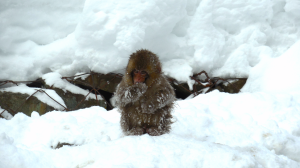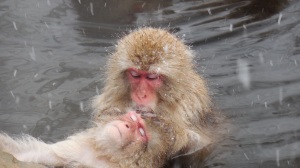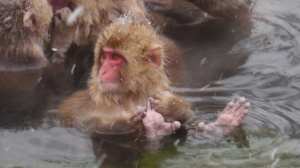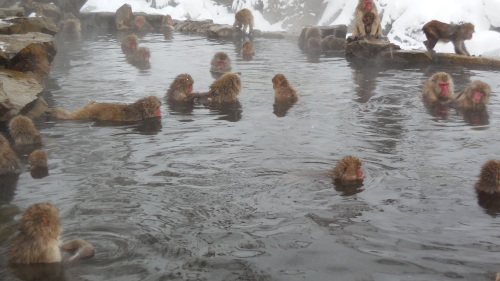On March 11 2011, Japan was hit by a major disaster. An earthquake of magnitude 9.0 occurred off the coast of Japan, causing the most expensive natural disaster in world history.
Three years on, Japan is still trying to rebuild from the effects of the earthquake and tsunami.
In February, I visited Minamisanriku, a town in Miyagi prefecture that was devastated by the tsunami. You can see a before and after video of the tsunami in Minamisanriku here
Minamisanriku is one of many towns along the Japanese coast that was affected by the tsunami. Due mostly to economic factors, much of the town that was destroyed is yet to be rebuilt. Understandably, there are many residents of Minamisanriku that do not want to return to live where their homes once were, preferring to live in the temporary housing provided by the government. The plan for Minamisanriku is to raise the ground level over 10 metres, so the buildings will be safe from future tsunamis.

Still clearing old buildings before they can begin new construction.


This is what all of the buildings in the area look like, temporary housing structures scattered amongst cleared land.


Sections of the old train line, most of which was washed away. The train now no longer runs here, you can only get there by bus.

Rebuilding is a slow, expensive process.
While I was there, I worked with a non-profit organisation called OGA for Aid, who work with the community to provide a range of services, from distributing aid, to economic enhancement though employing local people and creating local industry, and community revitalisation though community events and projects such as English lessons for students. This organisation is made up of people who are working tirelessly to help improve the lives of those in need. You can see more about the organisation here: http://www.ogaforaid.org/en/

Harvesting Nabana in one of OGA for Aid’s greenhouses.
I met the Mayor of Minamisanriku, Jin Sato. When he was asked what message he would like to send to the rest of the world three years on, he said, “Don’t forget about us. We are still here.”























































